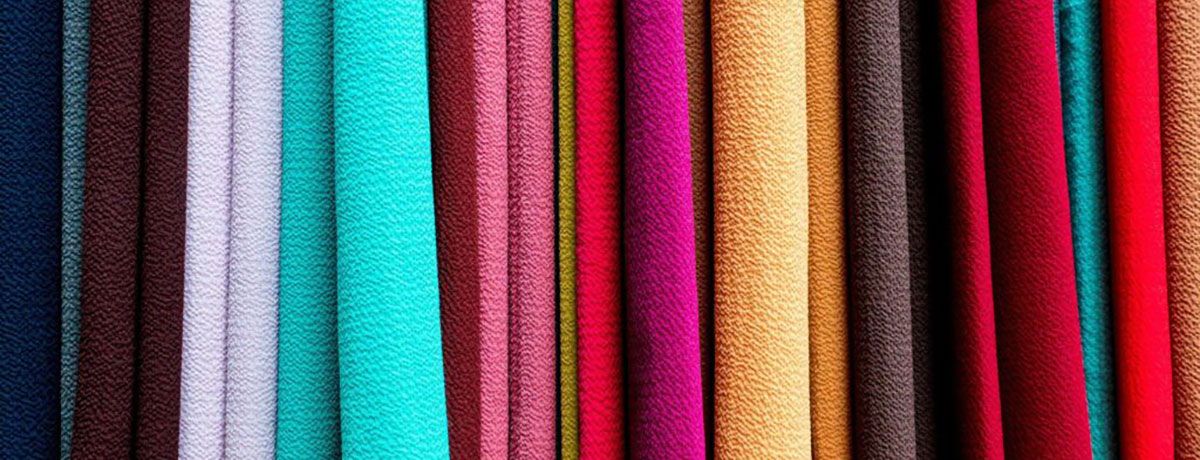The Ultimate Guide to Choosing Light Nylon Fabric

Choosing the right fabric is key for outdoor enthusiasts, apparel designers and anyone making gear. Light weight nylon fabric has become super popular because of its versatility, strength and can be used to make shirts, pants, dresses and a whole lot of other things, from hiking tents to activewear.
This guide will cover everything you need to know about choosing light weight nylon fabric, including weight, drape, comfort, durability and materials. By knowing these key factors you’ll be better equipped to make the right choice for you.
What is Light Weight Nylon Fabric?
Light weight nylon fabric is a synthetic material that is known for its durability, lightness and water resistance. Often combined with a ripstop weave for added strength it’s used in outdoor gear like tents, backpacks and jackets as well as sportswear and durable everyday apparel like pants, shirts and dresses.
There are different types of light weight nylon like light weight ripstop fabric and light weight ripstop nylon fabric that have extra tear and abrasion resistance making them perfect for harsh outdoor conditions.
Key Factors to Consider When Choosing Light Weight Nylon Fabric
1. Fabric Weight
Fabric weight is one of the key factors to consider when choosing light weight nylon fabric. It’s measured in GSM (grams per square meter) or oz (ounces per square yard). The weight of the fabric affects its functionality and application.
-
Light weight fabrics for shirts or apparel 100-150 GSM
-
Hiking gear and tents 150-250 GSM
-
Fabrics above 250 GSM are considered heavy weight and are best for rugged use cases like backpacks or workwear.
Note that a higher GSM means more robustness but may compromise flexibility. Consider your use and the demands it puts on the material to choose the right fabric weight.
2. Drape and Appearance
The drape of the fabric, or how it hangs and folds, is a key factor in its applications. A heavier fabric has a more structured drape and is good for formal apparel or protective gear that needs a clean, tailored look. A light weight fabric with a soft drape is good for casual wear, activewear or camping gear like sleeping bags.
For outdoor enthusiasts and designers light weight ripstop nylon fabric is the perfect balance of durability and soft drape for wrinkle free tents or jackets.
3. Comfort and Breathability
Comfort is key especially when it comes to apparel or outdoor gear. Light weight nylon is breathable and suitable for warm weather. Its moisture wicking properties keeps you dry during intense physical activities, that’s why it’s a favorite among hikers and athletes. Plus it can withstand heat making it more durable and usable in many conditions.
For warmer climates choose a nylon fabric with a looser weave to allow better air circulation.
4. Material Composition
When choosing nylon fabric understand the different types available.
-
Nylon Ripstop
Known for its grid like weave ripstop nylon is tear resistant and perfect for outdoor use like tents, rain gear and kites.
-
Nylon with Coatings
Some light weight nylon fabrics are coated with treatments like polyurethane or silicone to enhance water resistance and durability. These coatings make the fabric water proof and suitable for outdoor use. Water repellent treatments like DWR (durable water repellent) makes the fabric water resistant and breathable, good for camping gear and weather resistant garments. The water proof properties of these coated fabrics makes them perfect for gear that will be exposed to wet or harsh conditions.
-
Blended Nylon Fabrics
Nylon is often blended with other materials like spandex for added stretch or polyester for better UV performance. Evaluate your specific needs like flexibility or sun protection when choosing blended fabrics.
5. Durability and Longevity
Durability is a characteristic of quality nylon fabric. Despite being light weight nylon is very strong, abrasion resistant and long lasting. For outdoor gear and rugged use fabrics with ripstop weave or reinforced yarns will be more durable and shape retention.
Remember light weight fabrics are not for daily rugged use. If you’re designing for regular heavy use consider slightly heavier fabrics to improve longevity.
Why Light weight Nylon Fabric is Special
Light weight nylon is special not only for its performance but also for its versatility across different industries and applications. Here’s why it’s a favorite among professionals and outdoor enthusiasts:
-
Strength to weight ratio is perfect for hiking gear, sportswear and outerwear.
-
Water proof properties for wet conditions thanks to specific coatings and treatments that makes it water resistant.
-
Wide usage across apparel, outdoor gear and industrial needs.
By understanding the properties and benefits of light weight nylon you can create products that are functional, durable and comfortable.
Tips to Choose the Best Light weight Nylon Fabric
-
Think About Usage: Where and how will the fabric be used. For backpacks and tents go for ripstop nylon with higher GSM. For sportswear or apparel prioritize comfort and breathability.
-
Check Quality: Not all light weight nylons are created equal. Inspect the weave and coatings for consistency.
-
Try Samples: If available order fabric swatches to see the drape, texture and durability first hand.
-
Consult Experts: If unsure consult textile manufacturers or suppliers who can guide you to the best options for your needs.
Choose Wisely
Whether you’re designing a new hiking apparel line, sewing custom gear or planning a camping trip, choosing the right light weight nylon fabric is crucial. By considering weight, drape, comfort, material composition and durability you can find the fabric that has performance and style.
Don’t compromise – invest in quality light weight nylon fabrics to make your creations better. Whether you’re making a breathable summer jacket or rugged outdoor gear the right material matters.
